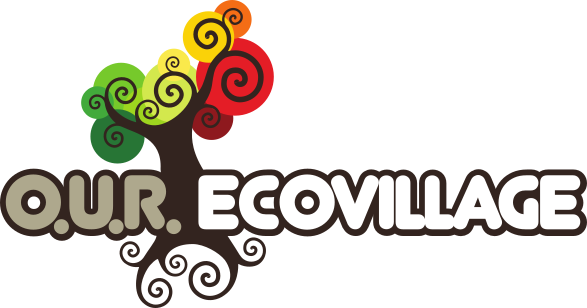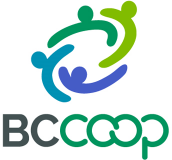
Kitchen Exploration:
Creatively Catching and Storing Energy in the Kitchen
 There are so many amazing foods that are coming in this week’s box that it’s hard to pick which to write about this week! We gleaned apples and plums from a friendly neighbor’s garden. We are finally harvesting more magnificent potatoes, and we pulled some beets and radishes in the heat of the summer. We are so grateful for the nourishment of this land! To honour the land, we act as good stewards to the resources we gather. Let’s look at this from the lens of this week’s permaculture principle – Catching and Storing Energy.
There are so many amazing foods that are coming in this week’s box that it’s hard to pick which to write about this week! We gleaned apples and plums from a friendly neighbor’s garden. We are finally harvesting more magnificent potatoes, and we pulled some beets and radishes in the heat of the summer. We are so grateful for the nourishment of this land! To honour the land, we act as good stewards to the resources we gather. Let’s look at this from the lens of this week’s permaculture principle – Catching and Storing Energy.
There is a whole branch of physics called thermodynamics. It’s the study of how energy flows, whether as heat or work. If you look around you, you’ll see how energy is always moving and shifting and transmuting from one form into another. The wind is blowing the leaves; ants are hauling dirt to build their colony; cars are burning fuel to move. Some energy is useful to humans and we call this work. Yet for every bit of useful energy there is a lot of energy that we don’t know how to use. In physics, this wasted energy is called entropy. The universe, scientists noticed, is always moving towards entropy and we humans are always thinking of ways to slow down the shift from work to entropy. We can build windmills that transform wind into electricity. We can build homes that use sunlight to warm them in the winter.
Cooking is how we transform the energy of food into a kind of energy that our body can use to easily store. It takes energy to cook–whether by turning on the oven, chopping the ingredients, doing the dishes, etc. When early humans discovered fire we evolved shorter digestive tracts because through cooking, our food became easier to digest before it even entered our mouth. You can think of cooking as a kind of eating or form digestion! Knives are like teeth, the stove is like your hot stomach, and your kitchen cupboard is like fat stores in your body.
 You can store the energy of beets, squash, and radishes by pickling them; you can keep raspberries and plums by turning them into jam; and potatoes can be kept in a dark, cool and dry place for long term storage.
You can store the energy of beets, squash, and radishes by pickling them; you can keep raspberries and plums by turning them into jam; and potatoes can be kept in a dark, cool and dry place for long term storage.
This week you are receiving Transparent Apples which naturally acidic and break down easily making them ideal for processing. They make incredibly creamy applesauce, and they are good for drying, juicing, freezing and making into pies! They don’t keep very well so pie is my first choice (of course) because you can store the pie in the freezer to be used on a special day.
For each food you eat, there are countless ways to catch and store energy. Have fun!
 BC Curriculum Learning Aim:
BC Curriculum Learning Aim:
By practicing preservation techniques, learners will be able to develop Creative Thinking, a Core Competency in the BC Curriculum. Creative Thinkers use resources in new ways to generate new possibilities.







